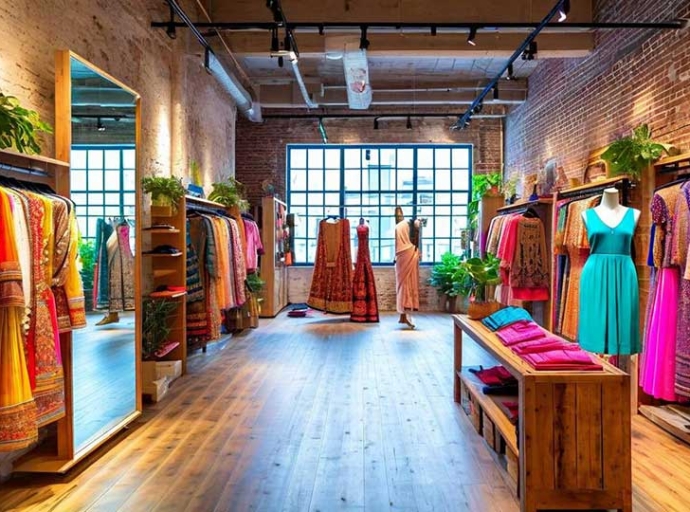Post-pandemic shopping trends could dampen e-commerce

29 June 2023, Mumbai
The two lockdown-years were golden era for global e-commerce sector as homebound consumers shopped online for all their needs.
From essentials to indulgences, by default any need, any want was met online. While physical stores saw businesses touch all time low, e-commerce laughed its way to the bank, growing bigger and bigger in reach and volumes.
Changing times transforms business
When in 2022, lockdowns were lifted across the world with the exception of China suddenly the breeze of change in shopping behavior could be felt. Set free after 24 months of isolation in various degrees, consumers wanted to be out and about, explore and engage all their senses when it came to shopping. The digital and the physical started to engage with one another and brands realised it was the shopping journey that would clinch the deal.
Hence, omni-channel presence became a necessity rather than a luxury. It seems e-commerce, especially in the non-essentials segment, is not so much the go-to store anymore.
A case in point was the Canadian e-commerce platform Shopify. Its founder Tobias Lütke admitted Shopify took a risk of betting on a permanent shift to e-commerce over physical retail and that didn’t go as per plan. It resulted in the company having to reduce the staff it had felt it needed but didn’t materialize.
Growth of e-commerce plateauing
The slowing down of e-commerce is definitely seen in the fashion sector in not only the US but also worldwide.
Whilst e-commerce now accounts for 38 per cent value sales of apparel and footwear in the US compared to 27 per cent in 2019, in 2022, for the first time in years, bricks-and-mortar stores performed better than e-commerce with the latter channel’s value sales growing by just 1 per cent compared to 3 per cent in-store over the same period.
A similar trend has been observed worldwide. E-commerce sales of apparel and footwear grew 3 per cent in 2022 compared to 6 per cent growth in-store.
E-commerce set to continue growing in India
A recent Deloitte India report on domestic retail sector predicts e-commerce will outpace physical retail, which is still the vastly dominating point of sale, by 2030.
The report states modern retail, comprising malls and supermarkets, may more than double to $230 billion by 2030, while online retail will grow 2.5 times to reach $325 billion.
In 2022, online retail was valued at $70 billion. Deloitte stated e-commerce will continue its exponential growth and outdo organized retail in scale and size. Developing channels such as social commerce, quick commerce and D2C will reshape how millennials and Gen Z will shop in future. This in turn will see more investors attracted to the e-commerce sector.
Consumers redefine their shopping experience
Convenience now is not just a doorstep delivery. It’s much more. A Euromonitor International’s Voice of the Consumer Lifestyle Survey reported that online shopping is convenience-driven but convenience is about being able to shop anywhere, anytime, the choice of various delivery options, and the ability to easily and quickly compare options, prices and reviews.
The report states over 60 per cent of global consumers use online as the first point of brand or product engagement with the objective of getting details that can help them make informed purchase decisions, whether they buy online or in-store.
Ironically, the survey also reported that post-pandemic, consumers want the kind of personal service and sensorial purchase moment of truth that only a physical store can offer.
Hence, the inherent need for an omni-channel presence. However, there is news that ChatGPT might change the ‘personal service’ experience in-store with a far more bespoke customer engagement.
Latest Publications

































